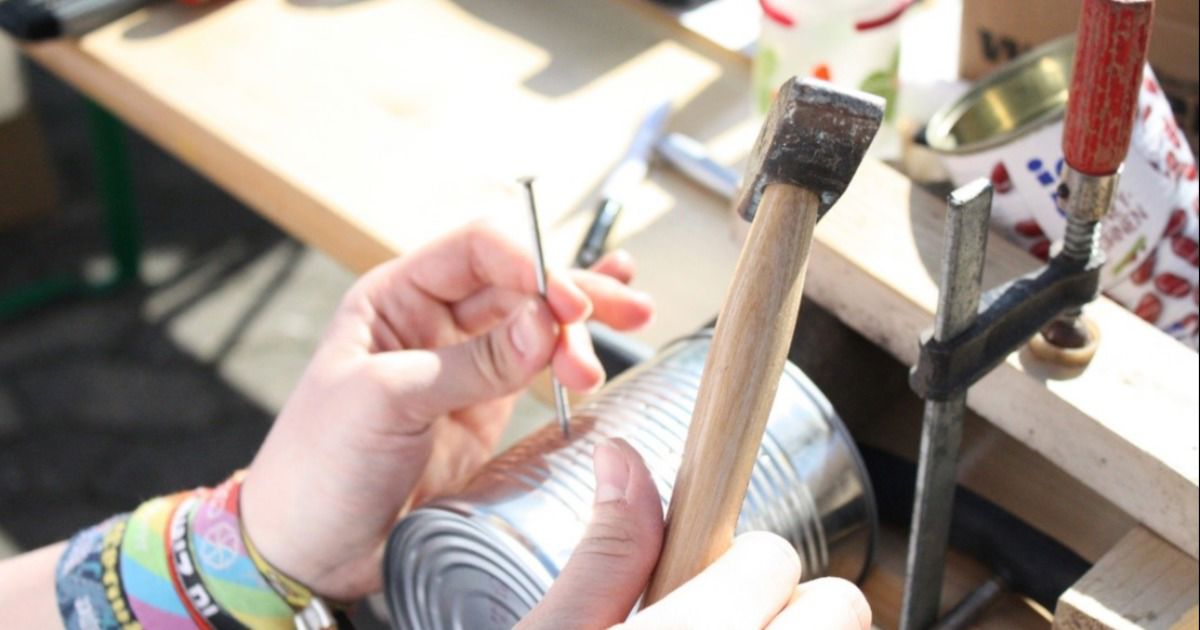

In a world that faces a growing population every day, the issue of waste management is becoming increasingly important. As the number of people increases, so does the amount of waste we produce every day. The world population has exceeded 7.8 billion people and that number is constantly growing. According to the World Bank Report, (What a Waste 2.0: A Global Snapshot of Solid Waste Management to 2050) it is expected that the global waste production will reach staggering 3.4 billion tons per year by 2050, which is almost double the current level. This devastating trend poses a challenge to society, requiring innovative solutions that will reduce dependence on landfills and reduce negative impacts on the environment.
Considering these devastating facts, awareness has been created about reducing one's own waste, which has resulted in an increasingly popular concept of waste repurposing called upcycling. Instead of materials being used once and then thrown away, upcycling turns them into new, useful products. Upcycling involves giving used items a new meaning, respectively it represents the process of creative transformation of old and used items into something unusual. This process not only reduces the amount of waste that ends up in landfills, but also reduces the need for new raw materials, thus saving resources and energy. In addition to preserving the environment, upcycling achieves personal and national savings. Personal savings are achieved by finding a new purpose for the use of an old object, while national savings are achieved through a reduced amount of waste, and thus the costs of waste disposal.
Upcycling is sometimes called creative recycling because it basically takes an old item and gives it a new life, and the only limit to upcycling is imagination and skills. Upcycling preserves the original form of the object, which we can recognize in a new role, and the ultimate goal is to see waste as a resource, respectively a value.
Thus, upcycling is increasingly popular in the textile industry, as a response to the excessive consumption of resources and the creation of a large amount of waste, which is a consequence of the fast fashion that prevails today. The upcycling method in the textile industry implies putting an emphasis on final products that should be not only practical and wearable, but also representative with its appearance and aesthetics of fashion trends. Instead of simply discarding old clothes and ending up in a landfill, upcycling is a creative process that transforms those materials into new, vibrant pieces of fashion. This practice not only reduces the environmental footprint of the fashion industry, but also encourages sustainability, innovation and creativity. Upcycling can also be made from textile remnants, which would otherwise end up as waste, and the main advantages of this fashion are certainly sustainability, lower prices (it is cheaper to make a garment this way, than from scratch) and the uniqueness of the piece you get. A well-known brand dealing with upcycling, and it has a large number of female fans, is the American Reformation, whose dresses, and even wedding dresses, are made from old vintage pieces and materials that fashion houses have acquired in excessive quantities, as well as eco-friendly materials.
Apart from the fashion world, there are many examples that show that upcycling has a wide application in different industries and plays a key role in promoting sustainability and reducing waste worldwide. So, for example, in the construction industry, upcycling is used to reuse building materials to reduce waste and preserve the environment, and through the use of recycled bricks, wood or metal in the construction of new structures. One of the examples is the hotel Stow-Away in London which is made from shipping containers. Likewise, upcycling is increasingly used in the automotive industry in the production of cars, respectively recycled materials are increasingly used in the interior of cars or the recycling of old vehicles to make new parts.
For example, Tesla uses recycled materials for seat upholstery and door trim in some models of its electric cars. Upcycling has not bypassed the electronics industry either, where it is used to reuse electronic components to reduce electronic waste, in a way that old mobile phones are recycled to make new devices or using recycled parts in the production of new electronic devices. Apple has launched a program known as Apple Renew that allows users to recycle their older Apple devices. These devices are then disassembled, and the functional parts and materials are used to manufacture new devices.
Every day more and more waste is created on our planet. In reality, the amount of waste generated worldwide each year could fill more than 800.000 Olympic swimming pools. Therefore, it is necessary to change our lifestyle in the direction of responsible consumption, where things are procured according to the need, and waste that can have another life, respectively, another purpose, is reused. Instead of allowing landfills, which are extremely harmful to the environment, to fill up more and more, it is necessary to find a new purpose for old items. Upcycling represents a huge potential for the transformation of many industries, reducing waste and encouraging sustainability, and through creativity, innovation and education, it is becoming an increasingly important aspect of sustainable development.
